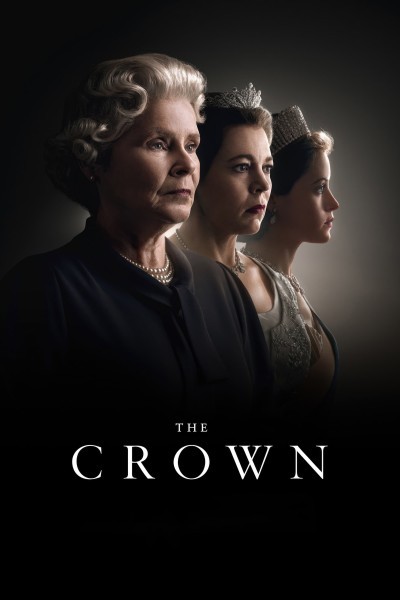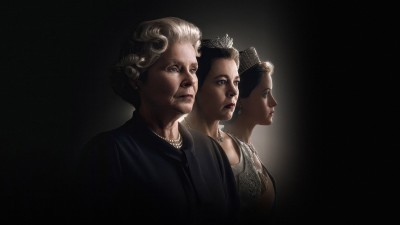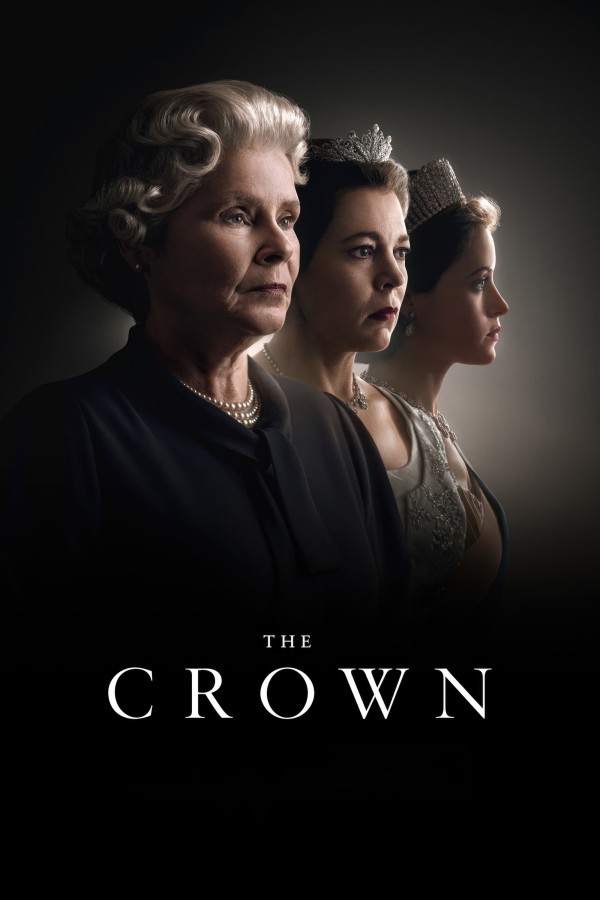In a world defined by shifting loyalties and ephemera, Queen Elizabeth II emerges as a resolute figure, her presence like a lighthouse guiding a ship through fog. Born Elizabeth Alexandra Mary Windsor in Mayfair, London, in 1926, she was the first child of the Duke and Duchess of York. The specter of the crown loomed large in her childhood, an inheritance neither anticipated nor desired by the buoyant Lilibet, who yearned for a life unburdened by the relentless glare of public scrutiny.
Yet, destiny played a cruel joke; her uncle's abdication shifted her from the background to the forefront of monarchy at a tender age of 25, following the abrupt death of her father, King George VI. From her ascension to the throne amid the ruin of World War II to her heart-wrenching navigation of family dynamics and political upheavals, Elizabeth carved an identity defined by steadfast duty and grace. As a monarch, she transformed the monarchy, transitioning from regal aloofness to a more approachable presence while remaining a beacon of continuity and tradition in an ever-changing world.
Each day marked by metronomic precision, her life embodied resilience against the backdrop of personal loss and societal transformations, from the dissolution of the British Empire to modern public engagements. Through each challenge, she demonstrated both the weight of history and the burden of leadership, leaving behind a rich legacy stitched into the fabric of contemporary Britain.





 Netflix
Netflix Netflix basic with Ads
Netflix basic with Ads